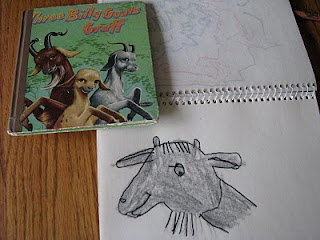Welcome to our school! Through this blog we hope to share bits and pieces of our days, loving learning! Often, entries will highlight community classes. Occasionally, we'll share excerpts from our personal school days. Grab a cup 'o tea and join us... LOVING LEARNING! :)
Edited to add "Disclosure Statement"... This policy is valid from 28 November 2010.
Since the FTC rules that all bloggers need to disclose, here it is... Hope you enjoy reading it as much as I enjoyed writing it. Heheh.
This blog is a personal blog written and edited by me. (No kidding!)
This blog accepts forms of cash advertising, sponsorship, paid insertions or other forms of compensation as stated in the "Note" below... (it's not what it sounds like, believe me!...)
Note: as of the policy date, the only compensation received is from:
1) Amazon links. (I tried to set up an affiliate account with Barnes & Noble, but it doesn't appear to be working correctly, so I took my $1.61 and ran.) As of 11/2010, all Amazon commissions are donated to
Grace and Hope who helped to sponsor my son's foster care in China, giving him a wonderful start.
2) Google ads. If someone pushes on 'em. Which they rarely do. ;)
The community classes that I offer, locally, are my own; I receive no compensation through this blog for them.
This blog abides by word of mouth marketing standards. We believe in honesty of relationship, opinion and identity. The owner(s) of this blog is not compensated to provide opinion on products, services, websites and various other topics. The views and opinions expressed on this blog are purely the blog owners. If we claim or appear to be experts on a certain topic or product or service area, we will only endorse products or services that we believe, based on our expertise, are worthy of such endorsement. Any product claim, statistic, quote or other representation about a product or service should be verified with the manufacturer or provider. Clear as mush?
The owner(s) of this blog would like to disclose the following existing relationships. These are companies, organizations or individuals that may have a significant impact on the content of this blog. I consult with The Math Learning Center in ways unrelated to this blog. As of 7/10, I am also managing the MLC blog,...again, unrelated to this website. We have a financial interest in the following that are relevant to our blogging: small percentage on Amazon items if purchased through this site will be donated to
Grace and Hope. If I don't like a book, I generally won't post a review; I don't like to be the bearer of bad news, but I get pretty excited about stuff that works...particularly when it comes to books/curricula.
If you have any questions, feel free to ask!
To get your own policy, go to http://www.disclosurepolicy.org
Did you enjoy reading it? :)
Frankly, I'm here cause blogging is a huge creative outlet. I love being here. Hope you do, too.





























